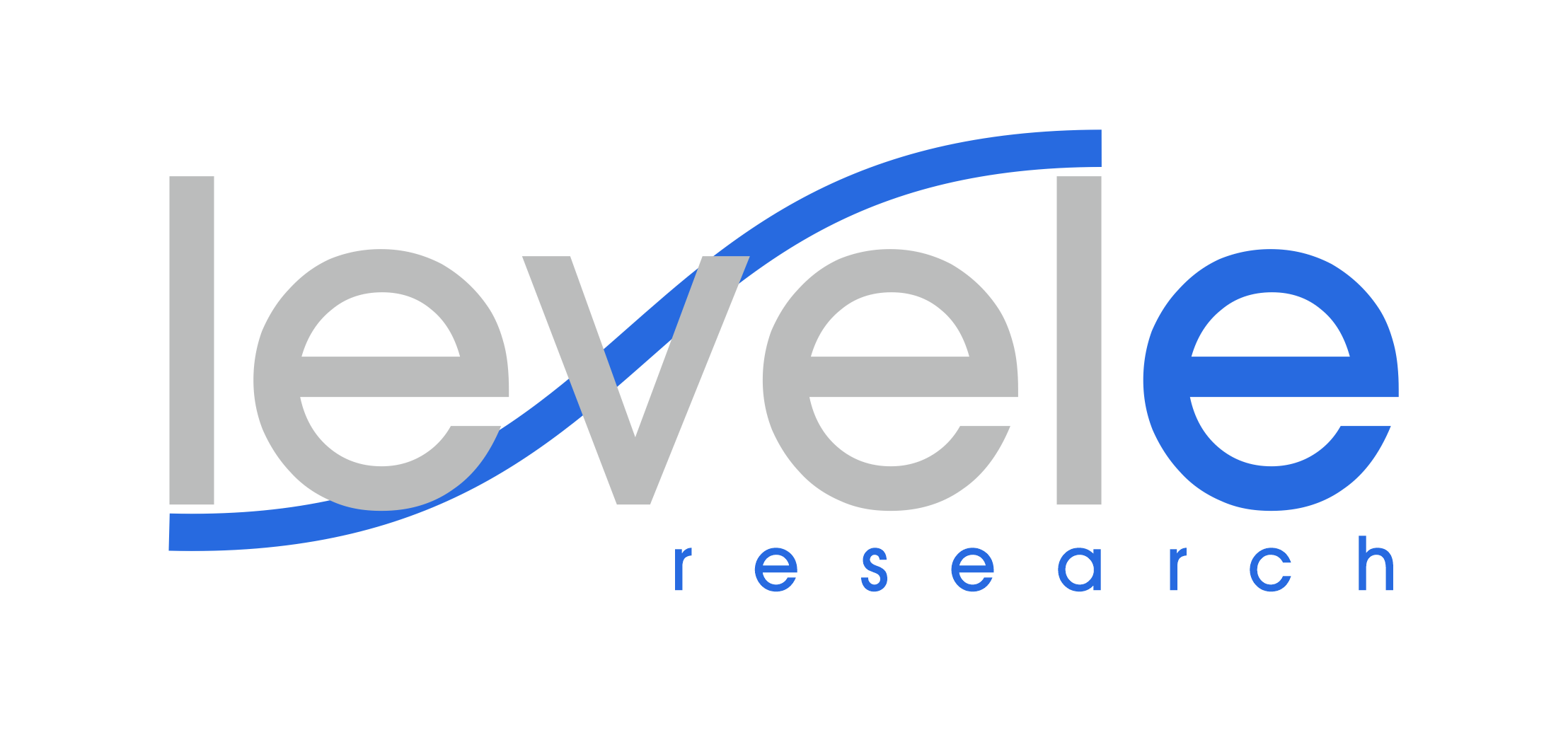Why the AI Revolution Matters
September 17, 2024
In 2016, Klaus Schwab, founder and executive chairman of the Geneva-based World Economic Forum coined the term ‘The Fourth Industrial Revolution’ at Davos. Simply put, it refers to how technologies like artificial intelligence, autonomous vehicles and the internet of things are merging into everyday life. This fourth generation will be different from the previous three – steam and waterpower, electricity and assembly lines and computerisation – because it challenges our ideas about what it means to be human. In the last chapter of his book Homo Deus, Yuval Noah Hariri goes so far to suggest the possibility that humans are algorithms and may cease to dominate a universe where big data is the paradigm.
As one of the enabling technologies of this new industrial revolution, AI is expected to attract significant investment in anticipation of future revenues. Here are some interesting figures:
• PwC estimates investments over $15 trillion by 2030 with healthcare, automotive and financial services being the three leading sectors.
• According to Fortune Business Insights, the global AI market is expected to grow by $202.6 billion by 2026 from $20.7 billion in 2018.
• Last year, venture capital funded 956 deals valued at $13.5 billion through the third quarter with private equity investment doubling in just one year.
Will this new industrial revolution really make big differences? Autonomous vehicles represent perhaps the most obvious manifestation. According to Transport for London, a four-mile evening taxi fare across London costs between £16 & £24. With several studies suggesting autonomous taxis could reduce costs-per-mile by 50%-90%, a fare of £1.60 would be lower than all but the most efficient private cars. When you add this to other negatives of car ownership – in use only 5% of the time, 127 hours a year stuck in traffic, 90% of accidents down to human error – we strongly believe that the impact will be significant on many levels.



